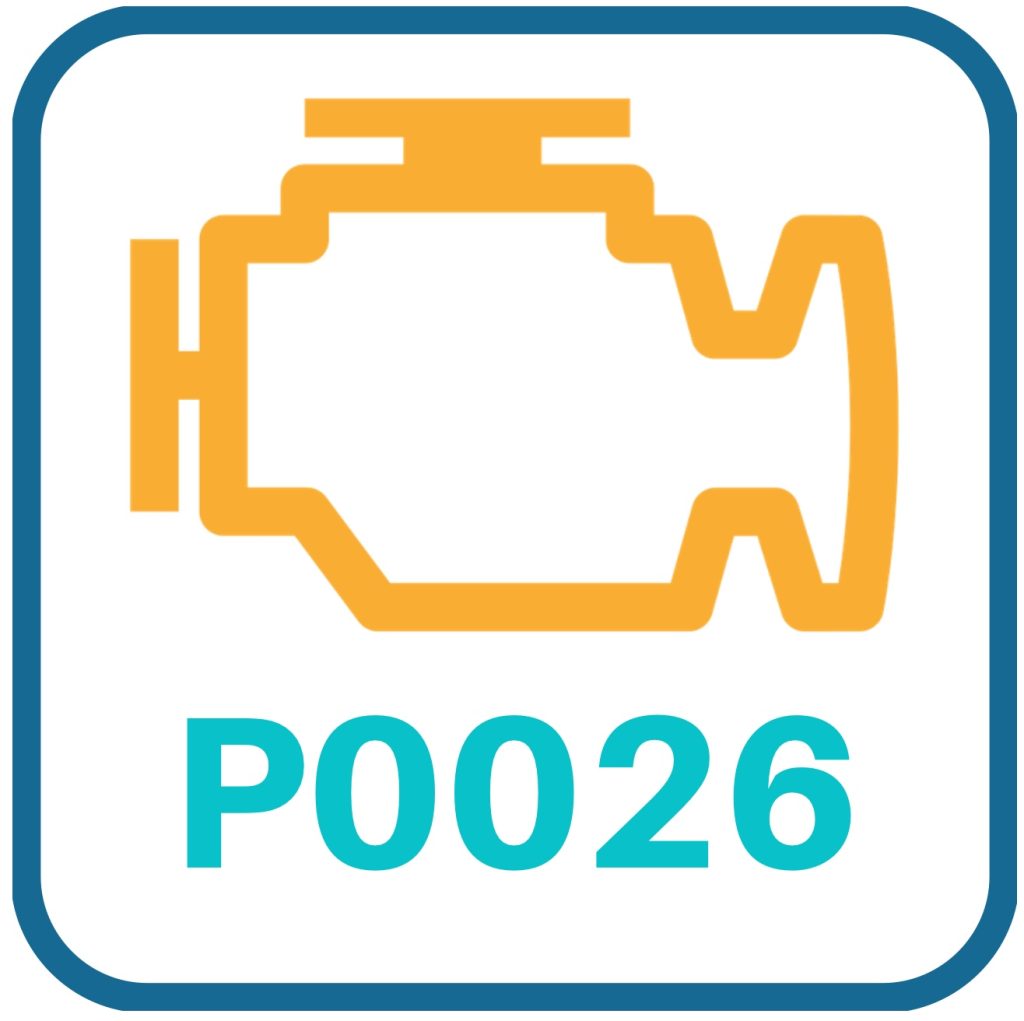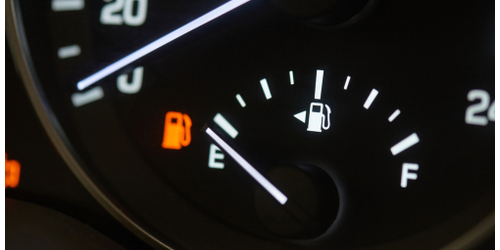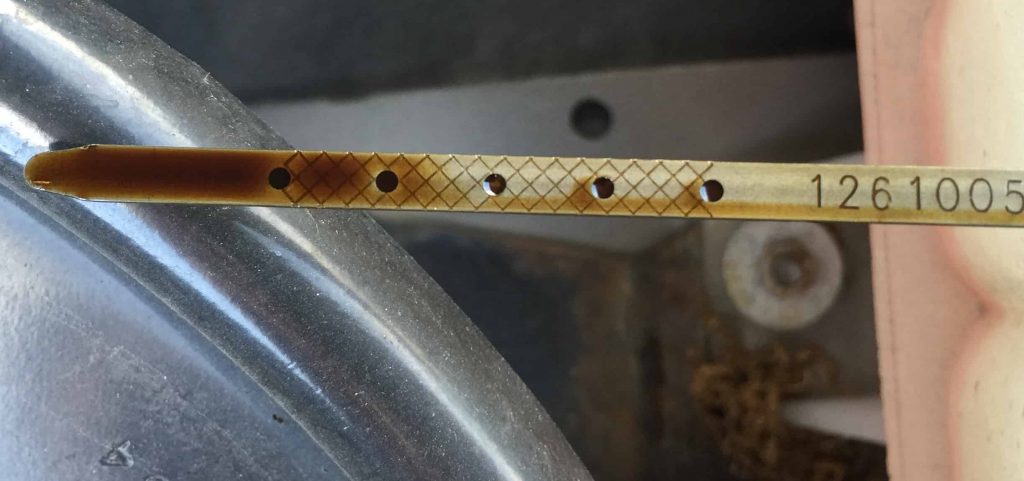
P0026 is a code that signals an issue with your Toyota Camry’s intake valve control solenoid circuit. In layman’s terms, the circuit is not complying with the Powertrain Control Module’s commands. It sent a signal to the intake valve control solenoid, and it, for whatever reason, failed.
P0026 is a generic code (it has the same meaning for the Toyota Camry as all OBD2-equipped vehicles). Repair steps will vary depending on the model year and engine type.
Fortunately, P0026 is not a death sentence (or a 100% breakdown risk). When the VVT system fails, it defaults to the more efficient valve timing, which might cause you to lose a little power, but won’t hurt the engine.
There are various methods of fixing the issue and getting your car up and running again. Here is everything you need to know about P0026 in the Camry.
P0026 Definition: Intake Valve Control Solenoid – Circuit – Bank 1

VVT stands for variable valve timing system. It is a part of your Camry’s engine that can effectively change the camshaft timing. This process allows the vehicle to allocate fuel more efficiently (more power when needed, more efficient when not needed).
Intake Valve Control Solenoid
VVT systems use a camshaft actuator to change the distance between the valves and their resting position. The intake valve control solenoid operates the camshaft actuator(s).
Circuit
When the PCM (Powertrain Control Module) tries to command the intake valve control solenoid on, the signal that it receives back from it is out of spec (in terms of voltage value).
Bank 1
Bank 1 is the side of your Camry’s engine with the first cylinder head. You only need to worry about this if you have a “V” configuration engine.
If you have an inline four or six, there should only be one bank. As a general rule, bank 1 is the side of the engine with the cylinder head closer to the engine accessories, but you should still look yours up to be sure.
Toyota Camry P0026 Symptoms
Some common symptoms of P0026 in the Camry include the following:
Poor Engine Performance
Your Camry may accelerate slowly. Inefficient engine performance includes stalling and other issues. It may also have trouble starting.
Bad Fuel Economy

Your car may be slower than other vehicles on the road. Changes like this are noticeable and can be sudden.
Check Engine Light

The check engine light will usually stay on when experiencing the P0026 error.
Toyota Camry P0026: Common Causes

Here are the causes of P0026 in the Camry, as well as a good order to check them in:
Low Oil Level
The first thing you want to do when you have P0026 is to take a look at the oil. Is it full? If there’s not enough oil, the VVT system can’t function properly.
Also, if the oil is dirty or has the wrong viscosity, it’ll keep the camshaft actuators from working right.
Damage to the Intake Valve Control Solenoid
Whenever there is a mechanical issue, it will always be with the wiring going to the intake valve control solenoid, the solenoid itself, or the camshaft actuator.
Inspect the wiring harness going to your Camry’s intake valve control solenoid. Make sure there are no damaged wires. Pay particular attention to wherever it rubs something.
The best way to test an intake valve control solenoid is to unplug it and check for resistance.
Bad Camshaft Actuator
If the camshaft actuator is not functioning properly, it can cause P0026. The most common reason that it’d fail is if it is unable to hold hydraulic pressure from the engine oil.
Other Causes
Here are a few things that are known to cause P0026 in the Toyota Camry but aren’t the most common causes.
- Bad PCM
- The timing chain jumped a tooth
How Do I Diagnose P0026?

The best way to deal with P0026 is to visit a mechanic. Before you do that though, you should definitely check your Camry’s oil level. It’s the most common cause of this code.
They should be able to diagnose the issue, find its source, and eliminate it. Some more severe issues may have to be dealt with incrementally.
A mechanic will overview the electrical circuits and wire harness around the bank 1 VVT solenoid. If there is an issue, it is almost always immediately visible. If there is a false report, then the mechanic can do a variety of things, including the following:
- Clearing the codes and testing the car physically. If they don’t come back, you’ll have to wait until the car acts up again.
- Testing the Intake Valve Control Circuit.
- Testing the Camshaft Actuator
- Verifying the engine timing is still accurate.
- Removing or repairing the car’s ECM. The ECM is the electrical system that delivers DTC reports. If there is an issue with the ECM, this could cause false reports (very uncommon).
If your Toyota Camry’s VVT solenoid is genuinely damaged and the camshaft actuator is out of place, the mechanic can remove and replace it. Generally, these solenoids only cost about 50 to a few hundred dollars.
Conclusion
P0026 in the Toyota Camry is most often caused by a bad intake control solenoid or low oil. Good luck fixing your vehicle.
